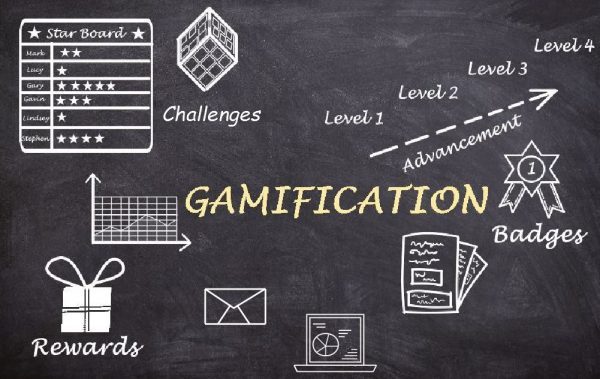For the Module 2 assignment, my task was to design an educational or training activity enhanced by technology, to teach about cultural differences.
For this, I needed to provide a one-page description of the activity and then fill out a chart that outlines the following demographic and analytical information.
- The age group for the activity
- Learning goals
- How does the activity ensure learners recognize the need for inclusivity and social equity?
- How specifically will you be using technology?
- How does the activity address the challenges of teaching and learning about culture?
- What is the value of simulation and/or the use of technology?
This learning activity, based on the Australian app All Together Now (All Together Now), presented in a middle/high school learning environment, is a mobile game/application which would challenge the student to live for a week in the shoes of an African American, Hispanic, or Native-American student of a similar age group. Using texts, images, and short video clips, students would “experience” what a person from the chosen ethnic background might experience in an American public school by “walking in their shoes.”
The students would be presented with instances of racism, both explicit and implicit, that are faced by students of color daily from that student’s point of view. From examples of microinsults, such as when a White teacher fails to acknowledge students of color in the classroom, to microassault, such as referring to someone as “Oriental” or “colored” or deliberately serving a White person before a person of color (Sue et al., 2007), students will be immersed in experiences that will challenge them and their assumptions.
After the week, the students will be placed in breakout groups where they will review their experiences and be allowed to discuss how they could respond to each experience should they witness it happening to another student. The students in the breakout groups will work together to choose what they agree on as the best response to each situation. Once they have recorded their chosen responses, the groups will come together in the classroom to discuss their choices with the rest of the class. The instructor will go over their responses and discuss ways in which speaking out against racism in any form is the best option.
The age group for the activity:
- Middle School
- High School
Learning goals:
- Make students aware of the racism that is present in public schools.
- Teach students the importance of speaking up when they witness instances of racism.
How does the activity ensure that the students recognize the need for inclusivity and social equity?
- Students will be presented with instances of racism faced by students of their own age and how these students of color are made to feel unwelcome and inferior to their white counterparts.
How specifically will you be using technology?
- Students will use the app over a 7-day period to “live in the shoes” of an African American, Hispanic, and Native American student of similar age. The app will present texts, images, and videos showing how the avatars face racism daily and at the end of the week are presented with an opportunity to discuss how to respond should they witness such behavior.
How does the activity address the challenges of teaching and learning about culture?
- It challenges students to speak up when they witness racism, and this will allow educators to address instances of racism that they do not witness directly on their campuses and in their classrooms.
What is the value of simulation and/or the use of technology?
- The activity presents the situations of racism in a first-person context from the African American, Native American, and Hispanic avatar’s perspectives. This is different from just being lectured by an instructor regarding racism and should provide a more powerful lesson.
References
All Together Now. (n.d.). Everyday racism – all together now. Retrieved November 15, 2022, from https://alltogethernow.org.au/our-work/everyday-racism/
Sue, D. W., Capodilupo, C. M., Torino, G. C., Bucceri, J. M., Holder, A. M., Nadal, K. L., & Esquilin, M. (2007). Racial microaggressions in everyday life: Implications for clinical practice. American Psychologist, 62(4), 271–286. https://doi.org/10.1037/0003-066x.62.4.271
Assignment Grade: 40/40



